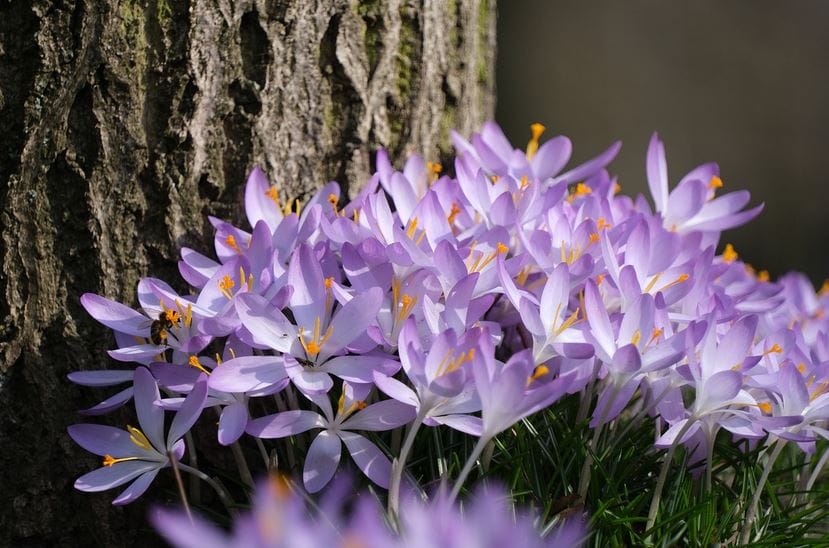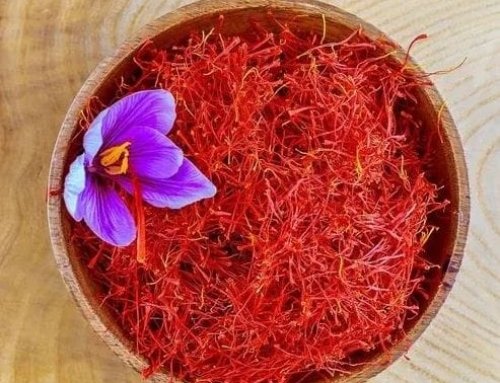 The Cultivation of Saffron in Different Countries
The Cultivation of Saffron in Different Countries
Saffron cultivation, also known as the farming of “red gold,” stands among the most treasured agricultural practices globally. With its rich aroma, vibrant color, and unique flavor, growing saffron has remained a cornerstone in both culinary and medicinal traditions. Packed with chemical compounds, saffron offers numerous health benefits, making it indispensable in various cultures.
For centuries, people have celebrated saffron cultivation for its contribution to adding color and flavor to dishes. Today, cultivating saffron is equally valued for its medicinal properties. The spice rejuvenates the skin, strengthens hair, and aids in relaxation. Moreover, it provides relief for conditions such as diabetes and heart-related issues, showcasing its versatility.
Iran leads the world in saffron farming, contributing significantly to the global supply. Countries like Spain, Afghanistan, and India also play key roles in saffron cultivation, each adding unique flavors and qualities to this prized spice.
Saffron Cultivation Across the Globe
Saffron thrives in warm, dry climates, making it a highly specialized form of agriculture. The cultivation process begins in early August and continues until late October. Farmers dedicate extensive care to planting saffron in nutrient-rich soil free of prior saffron farming and shaded trees, ensuring optimal growth conditions. The labor-intensive nature of growing saffron, especially hand-harvesting its delicate stigmas, highlights the significant effort involved, contributing to its high value.
While Iran dominates saffron cultivation with over 90% of the world’s production, Spain and India follow closely behind as significant exporters. Their unique cultivation techniques and local climates result in distinct flavor profiles, enhancing the global reputation of saffron farming in these regions.
The Cultural and Medicinal Significance of Saffron
In Japan, doctors rely on saffron farming to provide a steady supply of saffron for encapsulation, using it to treat various illnesses, especially depression. Its active compounds, crocin and safranal, enhance mental well-being and combat oxidative stress. Incorporating saffron into daily life offers countless health benefits.
Adding saffron to teas or meals not only improves taste but also strengthens the immune system and relieves stress. These qualities have made the cultivation of saffron a key practice in holistic wellness and traditional medicine.
Saffron farming transcends being merely agricultural work; it symbolizes culture, luxury, and health. By exploring saffron cultivation and its significance, we deepen our appreciation for its value in both culinary traditions and modern medicine.







Get Social